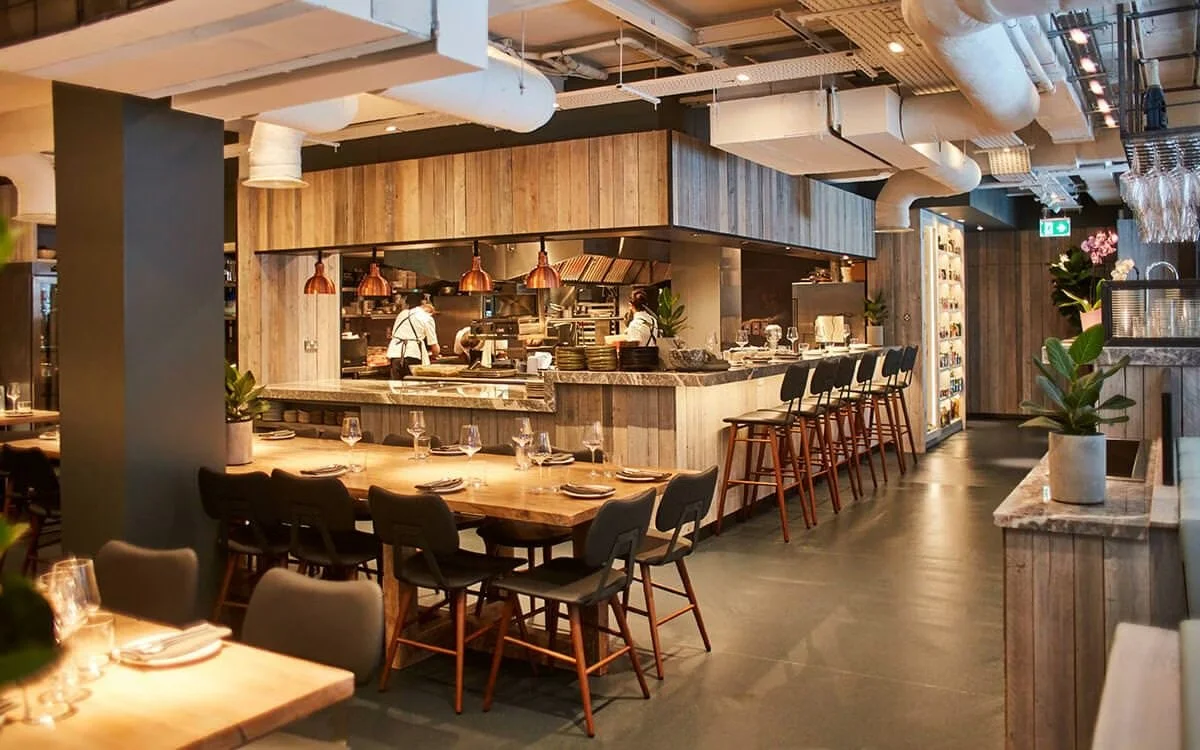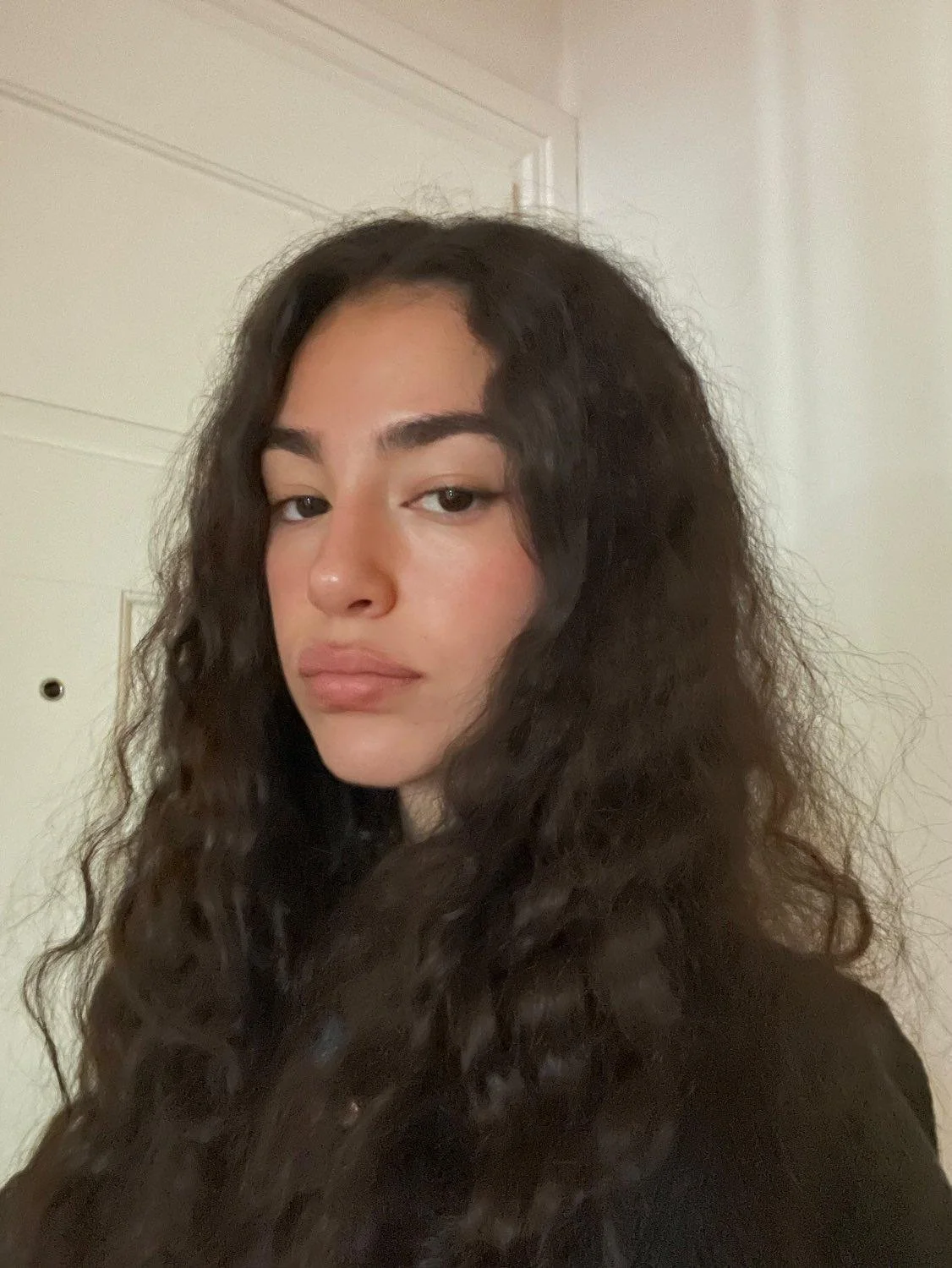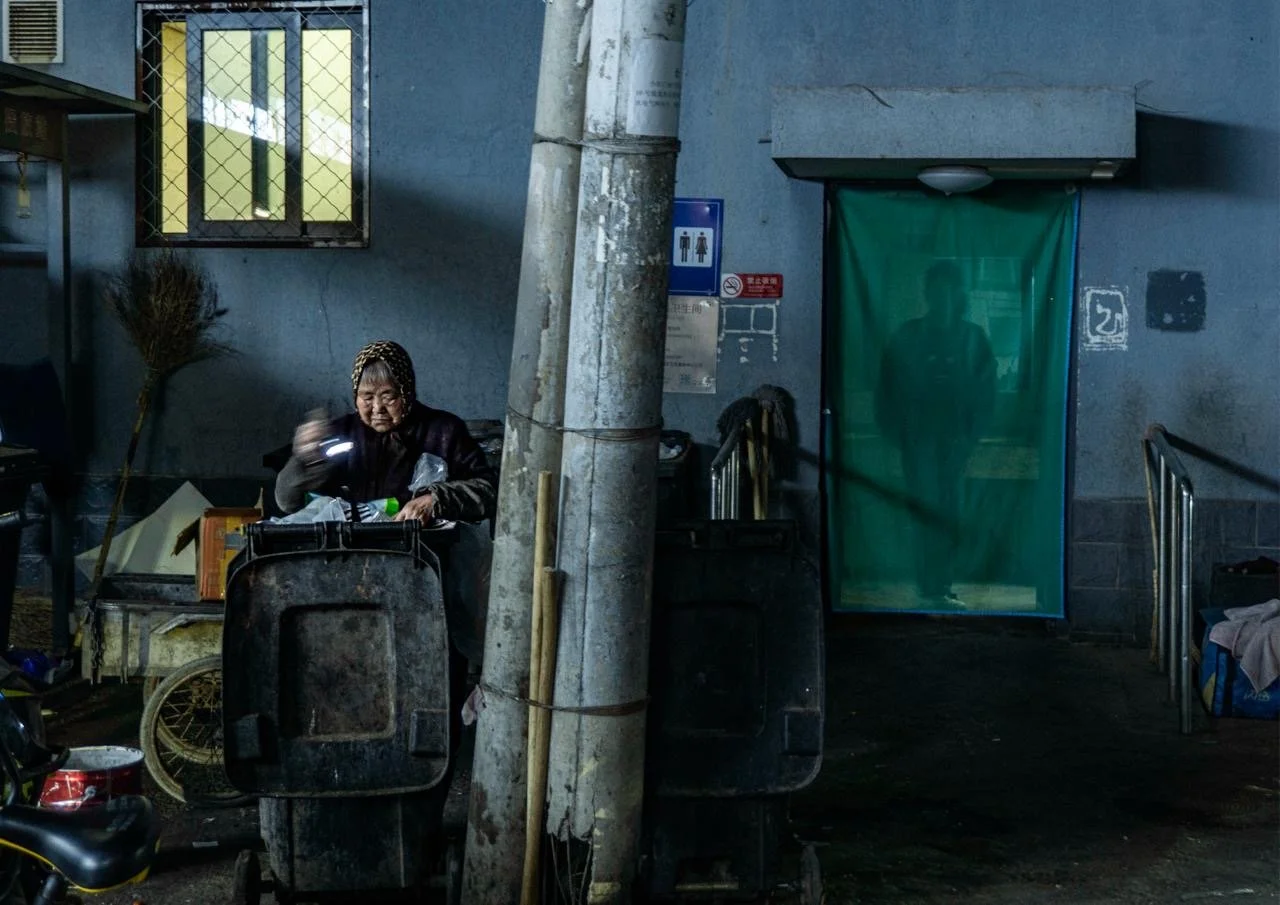The history behind Notting Hill Carnival
Every August Bank Holiday weekend for over 50 years, roughly two million visitors have flocked to the streets of West London to join Notting Hill Carnival, a celebration of Caribbean Culture. Eye-catching costumes, delicious food and ska, calypso and reggae music fill the streets of Ladbroke Grove and Westbourne Park for two days and bring together people from all generations.
Image: Nike Akinfenwa
History
After the Second World War, there was a shortage of labour. In order to fill the gap, the UK government invited citizens from the Caribbean to the UK resulting in many relocating to the country for a new life. In addition, the British Nationality Act of 1948 gave Commonwealth citizens free entry into the UK.
Whilst many celebrated the arrival of new people to the UK, others objected stating that they felt their jobs were being taken from them and that Britain should be kept white. These racist ideas were championed by figures such as Oswald Moseley who ran the Union Movement, the White Defence League as well as the Teddy Boys. As anti-black sentiment started to rise, white aggressors began to launch racist attacks on these newly settled communities and rioting began. One such area was Notting Hill.
The death of Kelso Cochrane in 1959 marked a turning point for the rioting and is often pinpointed as being one of the reasons behind Notting Hill Carnival. Cochrane had relocated to the UK from Antigua. After being attacked by a group of white youths, he was stabbed to death. However, no one was ever charged with the murder.
The birth of the carnival
Image: Nike Akinfenwa
The first carnival took place in 1959 but was named the Caribbean Carnival. In response to the racial tension around her, Claudia Jones, a Trinidadian Human Rights Activist, launched the Carnival in St Pancras Town Hall to celebrate Caribbean culture. Events such as this were hosted for the next few years forming the early part of carnival history.
Later, in 1966, Rhaune Laslett, a community activist, decided to host a street party for children in the Notting Hill neighbourhood to encourage them to learn and appreciate their culture. Russel Henderson’s steel band were invited and decided to parade the streets with their steel drums, the first inkling of the Carnival as we know it today.
As the years have gone on, the Carnival has expanded and is now 11 times bigger than Glastonbury. It also holds the place of second biggest carnival in the world after Rio. Over the years, many popular artists have taken to stages over the bank holiday weekend including Eddie Grant and Jay Z.
What’s happening this year?
Due to the coronavirus pandemic, the event has unfortunately been cancelled this year. However, you can still join in the celebrations from home. The stand-out event of the weekend is set to be the virtual street party!
Image: Nike Akinfenwa
Spotify are the official sponsor for the event and as such will be hosting a microsite. On here, you’ll be able to listen to podcasts and music which explore issues faced by the Black community.
Additionally, Dragon’s Den success story Levi Roots will be sharing some recipes so you can try to recreate Caribbean food at home. You can also watch videos of Soca and musicians who will be performing especially for the digital event.
Click here to get access to the online festival, you can use the following link: . We also recommend that you follow the Carnival’s social media platforms. The Carnival’s Instagram feed contains images of former outfits worn by attendees in bold and bright styles which celebrate West Indian culture.
Instagram: @NHCarinvalLDN
Twitter: @NHCarnivalLDN
Facebook: @NHCarnivalLDN
Words by Emma Chadwick













